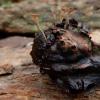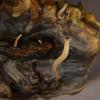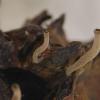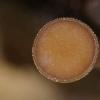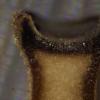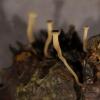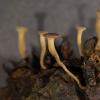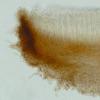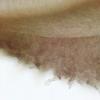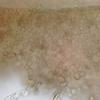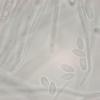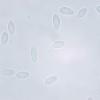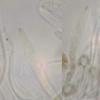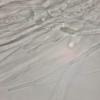
16-11-2025 21:09
 Robin Isaksson
Robin Isaksson
Anyone recognize this acc. to pictures.? Found on

14-11-2025 16:26
 Marian Jagers
Marian Jagers
Hello everyone, On dead wood of Cytisus scoparius

15-11-2025 23:22
Mario FilippaHello,this is what I think to be Hymenoscyphus mac

15-11-2025 20:25
 Riet van Oosten
Riet van Oosten
Hello, Found by Laurens van der Linde, Nov. 2025

14-11-2025 18:31
 Lothar Krieglsteiner
Lothar Krieglsteiner
Hello,can somebody provide me with a file of:Rothe

12-11-2025 09:25
 Viktorie Halasu
Viktorie Halasu
Hello, I need help with a pale terrestric Pseudom

11-11-2025 20:16
Bohan JiaHi, lastly I have found these tiny yellow decayin

09-11-2025 13:20
Hello.A tiny ascomycete, appearing as erupting gra
 Cultured on a Knopper gall (Knopper gall found in a forest nearby Utrecht, The Netherlands).
Cultured on a Knopper gall (Knopper gall found in a forest nearby Utrecht, The Netherlands).I started a moist chamber the second week of February. After about 3-4 weeks, very small, hairy stalks emerged from the substrate. They slowely grew into long stalked apothecia.
With the exception of Mycena rhenana/M. Cecediophila, which I actually hoped to culture, I cannot find information about fungi growing on Knopper gall.
I think this is Moellerodiscus lentus, but the spores are bigger and the substrate is unknown. So I am still in doubt of this name is correct. Anyone want to help me?
Greetings Marian
Apothecia 0.5-3,2 mm in diam, 0.5- 14 mm high, long stipitate, arising scattered, completely hairy, beige (darker after rehydrating or after superficial damaging).
Receptacle young barely wider than the stipe, later wider and cup-shaped, flattening by age, beige to brown, margin beige.
Hymenium yellowish brown, brown to reddish brown.
Stipe 0,5 to 13 mm long, in the middle ± 0.5-1,2 mm wide, young more or less cylindrical, older broader above and tapering toward the base, more often curved, beige, sometimes brown blackish at the base.
Microscopic characters:
Apothecium without ionomidotic reaction.
Spores: smooth, hyaline, aseptate, 8-10(-11)x(3,5-)3,7x4,5 µm.
Asci: 8-spored, uniseriate or les often biseriate, 95-108x 7-8 µm, weakly J+ in Lugol, strongly J+ after treated with KOH, croziers present.
Paraphyses: equal to or slightly exceeding the asci, filiform, septate, branching, apex 2 -3 µm wide.
Subhymenium: consisting of vertically oriented, loosely interwoven hyphae, with light brown intracellulair pigment.
Medullary excipulum: consisting of interwoven hyphae, hyaline or with light brown intracellulair pigment.
Excipulum: mostly textura globulosa, consisting of thickwalled roundish to oval, sometimes angular cells, outer cells 6-13x6-12 µm, scattered chain-like and oriented perpendicularly to the surface.
Margin apothecium composed of clavate terminal cells, hyaline or with light brown intracellulair pigment, 25x5 µm.
Stipe outer cells textura globulosa (simular to the receptacle).
Literature with a key to the genus I used: Yan-Jie ZHAO. 2013. Taxonomic Study of Lambertella (Rutstroemiaceae, Helotiales) and Allied Substratal Stroma Forming Fungi from Japan. Dissertation to the Graduate School of Life and Environmental Sciences, the University of Tsukuba.
Literature with a key to the species and a description: Dumont, K.P. 1976. Sclerotiniaceae XI. On Moellerodiscus (= Ciboriopsis). Mycologia 68(2): 233-267.


Nice description! But I feel it is not related to Moellerodiscus lentus (spores are not so wide), but to the species that grows on Eucalyptus. Of course, it is not the same species because it lacks of those beatiful yellowish VBs. Please compare to Enrique´s microphotos at Zotto´s Moellerodiscus folder "eucalypti H+ chlorin. Vbs".
Cheers,
Raúl




